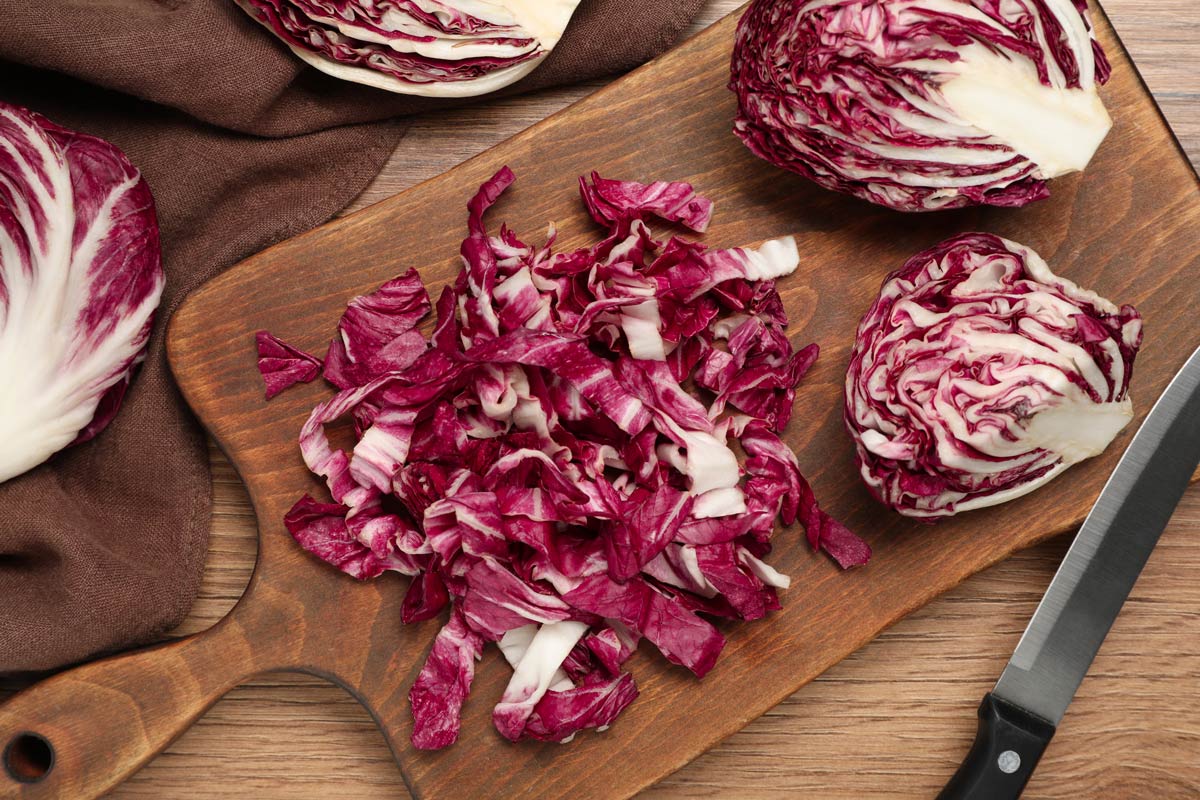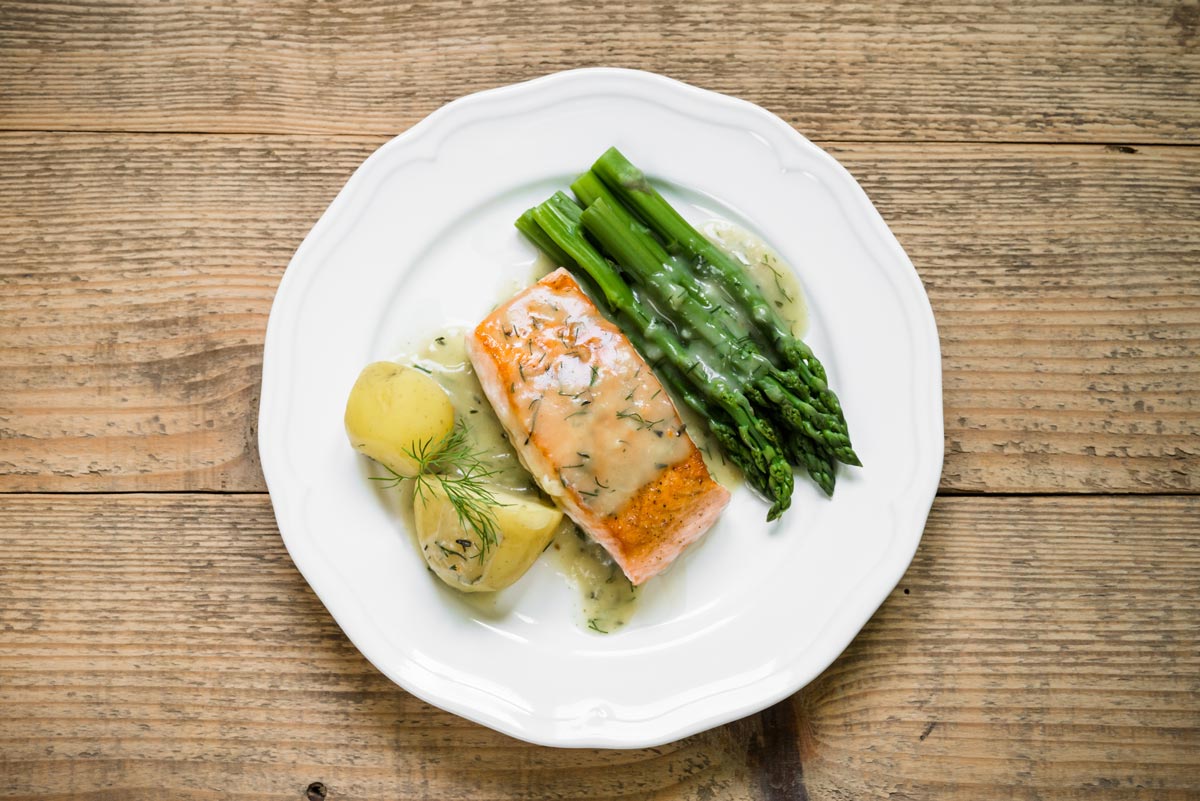The Sicilian town of Bronte is synonymous with pistachios—the star of this moist and rich one-layer cake.
Ingredients
- 4 tablespoons extra virgin olive oil, plus more for the pan
- 12 ounces raw, unsalted shelled pistachios, preferably Sicilian
- 3/4 cup granulated sugar, divided use
- 6 large eggs, separated when cold, yolks and whites at room temperature
- 1/4 teaspoon almond extract
- 1 teaspoon pure vanilla extract or paste
- Pinch of sea salt
- 1 tablespoon sanding or demerara sugar (optional)
Directions
Step 1
Place an oven rack in the center position and heat the oven to 325°F. Line the bottom of a 9-inch springform pan with parchment paper and coat the paper and sides lightly with olive oil; set aside.
Step 2
Place the pistachios in a single layer on a rimmed sheet pan and bake for 5 minutes to lightly toast them. Let cool completely. Turn the oven up to 350°F.
Step 3
Pulse the pistachios and 1/2 cup of the sugar in the bowl of a food processor until you get a medium-coarse meal. In a large bowl, whisk the egg yolks, olive oil, and extracts until well blended. Fold in the pistachio meal and set aside.
Step 4
In the bowl of a stand mixer fitted with a balloon whisk (or using a hand mixer), beat the egg whites with the salt and the rest of the sugar on low until frothy, about 1 minute. Then set the mixer to high and beat until stiff peaks form, about 6 to 8 minutes.
Step 5
Using a large spatula, fold the whipped whites into the pistachio mixture in 3 or 4 batches (don’t over-mix—a few streaks of the whites are okay). Transfer the batter to the pan, level the top with an offset spatula, and sprinkle on the sanding sugar, if using.
Step 6
Bake until the top of the cake is golden and springy to the touch, about 30 minutes. Let cool in the pan for 15 minutes, then remove the outer ring, invert the cake onto a rack, peel off the paper, and flip it over onto a cake plate. Serve warm or at room temperature.
Serves 10



